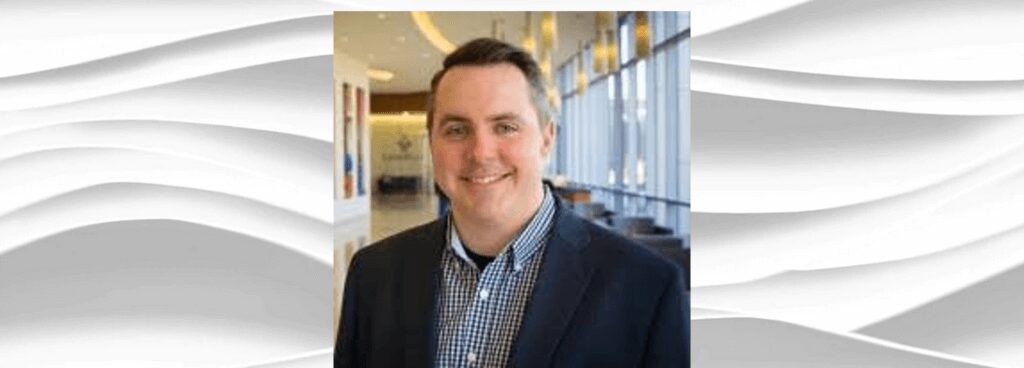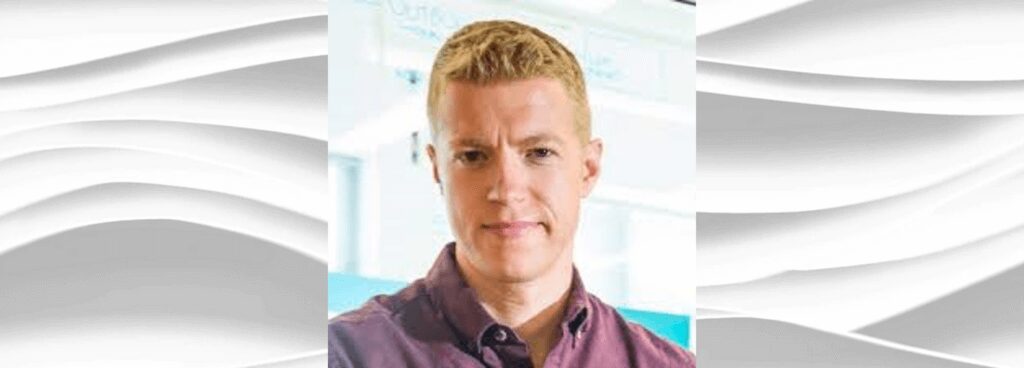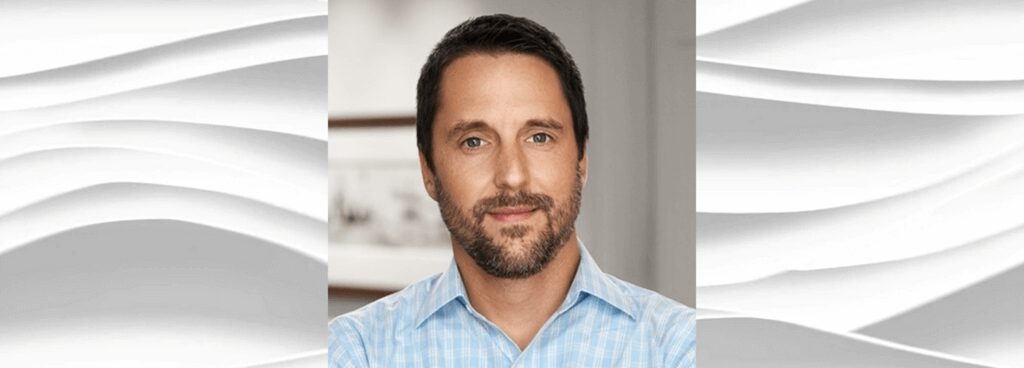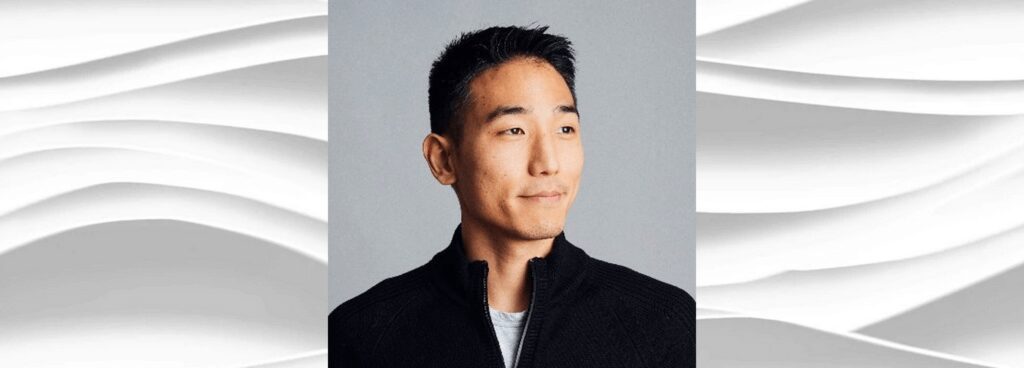Episode 191 – Innovative Approaches to Talent Supply Chain and Hiring for Large Deals – Member Case by Ben Johnson
Many boutique pro serv firms are hesitant to pursue large deals without a delivery team in place or have concerns that they can hire to meet demand without compromising on quality. Join this session to learn from a pioneering firm that has developed a unique approach to solving talent supply chain challenges when pursuing large deals. Ben Johnson, CEO at Particle41 will share the innovative strategies that the firm uses to ensure they have the right people in place to deliver on large deals.










